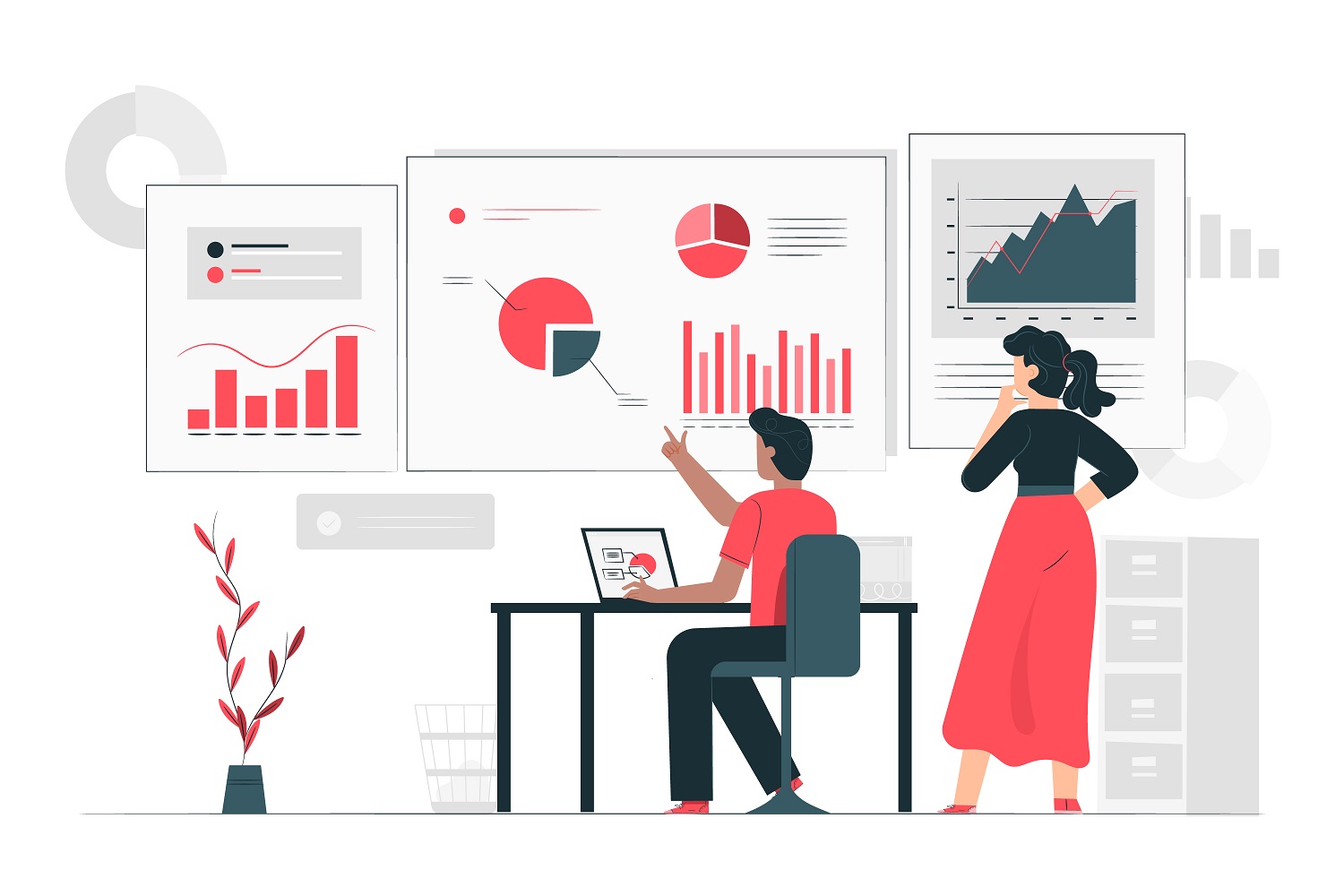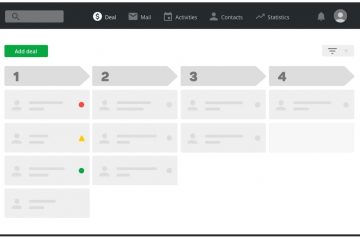How Software Has Changed the Way People Implement B2B Sales
Throughout the history of business, B2B sales has always existed even if selling goods to other companies was not called precisely that. The B2B process pretty much stayed the same for centuries, although as society progressed, so did B2B contact methods and sales strategies.
Computers had an immense effect on everything in our lives, including B2B sales techniques, lead generation, marketing strategy, and sales techniques.
As the role of computers grew, progressively sophisticated software and databases made identifying and tracking leads and managing marketing campaigns simpler through tools that made sales personnel more effective. The overall impact software has on B2B was nothing short of revolutionary.
B2B in “Ancient Times”
Before computers became a mainstay for businesses, sales from a vendor to a business customer happened by personal relationships, catalog orders, reorders from previous customers, and cold-calling.
Early business software made tracking those efforts more manageable, but the core ways businesses identified sales leads, tracked contacts, and managed orders were the same. Sales efforts were done by scheduled visits or phone calls. Fulfillment was still tracked and managed by paper printouts.
Mainframe databases, for example, allowed the development of lists of potential clients, but besides important contact and order information, most usable data, like purchase habits, was either not captured or not easily retrieved. Plus, if you did capture that type of data, it was expensive, and you had to pay to have it extracted.
PCs and spreadsheets made that process more manageable and allowed businesses to bring their B2B data internal, but the process was essentially the same. The entire B2B process depended on timely input of data, good database management, and knowing how to extract and use data most effectively. It did, however, set the foundation for several key developments in B2B sales.
Data Analysis Through Reporting
Software added new functions that allowed businesses to capitalize on technology. Many used it to create more personal relationships with customers. Customized reports and queries allowed vendors to see data in new ways, which opened up the ability to personalize the customer experience and increase satisfaction and sales.
For instance, software enabled the collection, querying, and presentation of sales data in virtually any manner conceivable. New databases documented a customer’s sales history by amount spent, purchase type, zip code, frequency of purchases, etc.
The new tracking capabilities gave sales personnel the tools to target customers and personalize sales messages. Not only could sales personnel personalize mail, but they could also send personal emails, call business owners and decision-makers directly, and tailor offers to meet individual buying preferences.
The analysis and reports were customizable, which meant data could be viewed in whatever way was desired. This allowed for deep data analysis of buying habits and trends. That, in turn, allowed sales personnel to cater to a customer’s needs rather than assuming their needs based on their industry.

The Internet Expanded Prospects
What software started, the internet accelerated. While PC-based software was a game-changer, collected data was confined to:
- Purchased lists of potential leads
- Internally maintained databases
The internet opened up new ways to communicate, develop leads, contact prospects and gain access to virtually anyone or any business that maintained a website or a sales database. B2B sales and marketing personnel could now tailor the lists they targeted and craft specific messages to meet customer needs.
Internet development led to the next iteration of enhanced B2B marketing and sales: CRM.
CRM
CRM stands for Customer Relationship Management. The principle behind it is that any vendor or sales personnel does more than just sell a customer a product. The goal is to develop a relationship with them, which lets the sales team anticipate needs and meet them before the customer requests them.
Anticipation of customer needs was possible because a salesperson could build a more profound rapport with customers. That rapport allowed them to capture data on customer needs and preferences. The data helped formulate an overall strategy to build sales through an enhanced customer experience.
Better Data Solutions
CRM created a need for more secure data storage and greater collaboration across business units to respond to customers promptly. The answer was cloud storage and network management.
The cloud lets an entire company track and access customer data, look at sales reports, develop leads and administrate marketing campaigns in real-time. Additionally, promotional materials can be worked on by users in real-time and simultaneously, saving money and time.
That development allowed a quicker response to customer requests, needs, and crises by improving the capacity of a vendor to manage their logistics. A customer that needed a product could put in a request, and an entire company could work together to get them what they needed promptly.
Additionally, marketing and sales teams could pool data from multiple sources and create a comprehensive profile of a company, its business needs, and decision-makers.
The new data analysis capabilities also aided in creating new tools that allowed a “deeper dive” into data. This, in turn, led to more precise prospecting and lead generation. It also opened the door to businesses being able to predict, anticipate and meet future business needs.
Better Customer Service Demands Better Data Management
The migration from index cards with customer contact information to managing entire marketing, lead generation, sales, and fulfillment campaigns has been extraordinary. However, it has created a greater need for sound data security solutions that factor in more data being stored in places like the cloud.
More secure data management and security demands will likely drive the next iteration of cloud-based B2B lead generation, prospect grooming, and sales. As more and more companies put more and more data on the cloud, a larger and more enticing target is created.
The next generation of B2B lead generation and sales developments likely will be driven by the need to protect everyone’s data from unauthorized access and theft.
Final Thoughts
Software has revolutionized different types of B2B sales techniques, from lead generation to anticipating needs and meeting them before customers even know they are needed. Likely, this trend will continue as more and more technology becomes infused in business and sales processes.
Sell more, understand your customers’ journey for free!
Sales and Marketing teams spend millions of dollars to bring visitors to your website. But do you track your customer’s journey? Do you know who buys and why?
Around 8% of your website traffic will sign up on your lead forms. What happens to the other 92% of your traffic? Can you identify your visiting accounts? Can you engage and retarget your qualified visitors even if they are not identified?



